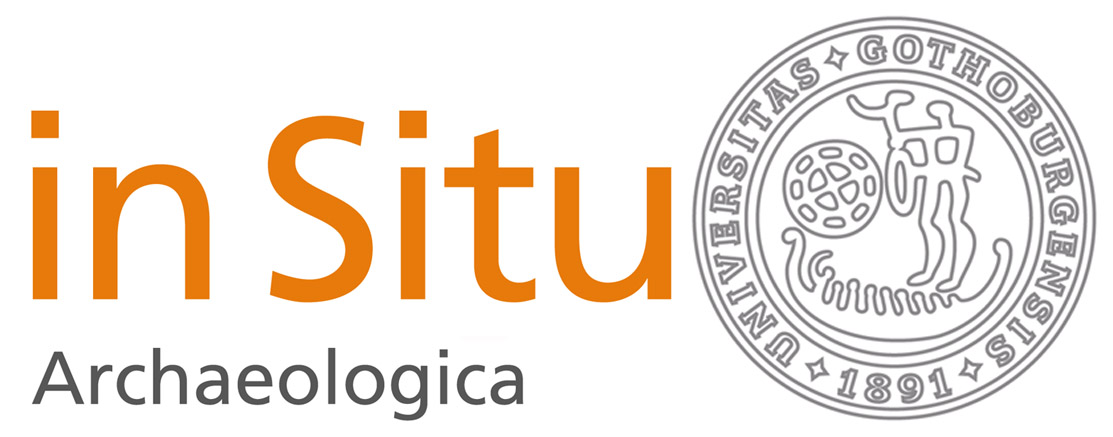Brenselsstrategi i yngre romertids jernfremstilling
En case-study i skogsutnyttelse og bruk av brensel fra Sandeid, Vindafjord kommune, Rogaland
DOI:
https://doi.org/10.58323/insi.v14.9517Abstract
Relatively little charcoal analysis has been conducted in western Norway, despite its considerable potential to contribute to the interpretation of archaeological sites. This is especially relevant in the case of ironworking and other industries which require large amounts of fuel. In 2018 excavations in Sandeid, Vindafjord k. revealed the largest ironworking site so far investigated on cultivated land in Rogaland. The site included slag pits, a possible forge furnace, midden deposits, and a building with a sunken floor ; all dated to the Roman Iron Age. Charcoal-rich structures were sampled to investigate their function as well as to contribute to wider discussions of fuel use, forest management and vegetation history. Here we present the results of this analysis and discuss the potential of charcoal analysis to contribute to the interpretation of ironworking sites in Norway.
Nedladdningar
Downloads
Publicerad
Referera så här
Nummer
Sektion
Licens
Copyright (c) 2020 Dawn Elise Mooney, Hilde Fyllingen

Det här verket är licensierad under en Creative Commons Erkännande 3.0 Internationell licens.
Författare som bidrar till In Situ Archaeologica har givit sitt medgivande att publicera sina artiklar under en Creative Commons-licens. Den ger tredje part vissa rättigheter till att nyttja materialet. Rättigheterna styrs av vilken licens verket är publierad under. Det åligger tredje part att sätta sig in i verkets creative common licens innan materialet används i eget syfte. Det är alltid författaren som har copyright till verket och allt nyttjande av tredje part förutsätter att ett tydligt erkännande ges till verkets upphovsperson, att en länk till licensen tillhandahålls.



